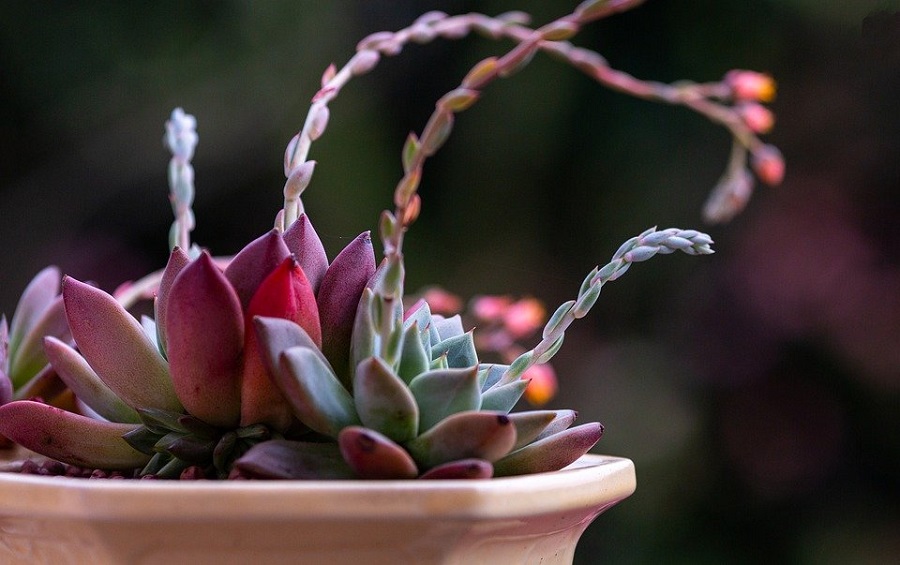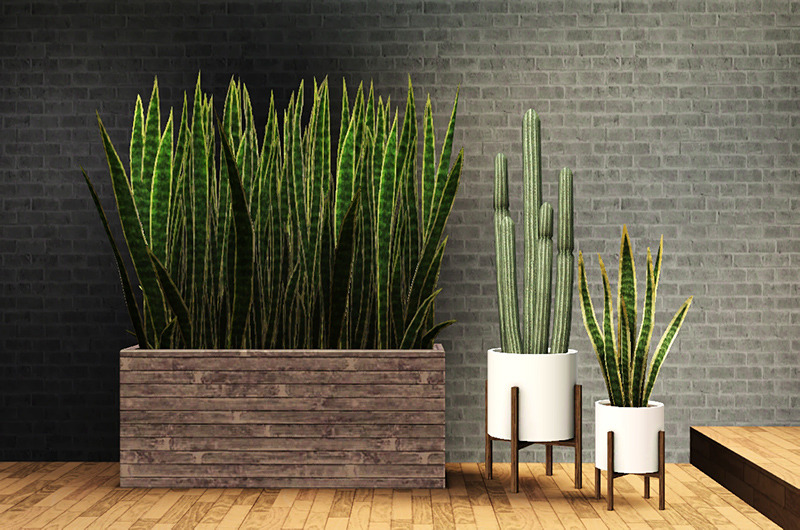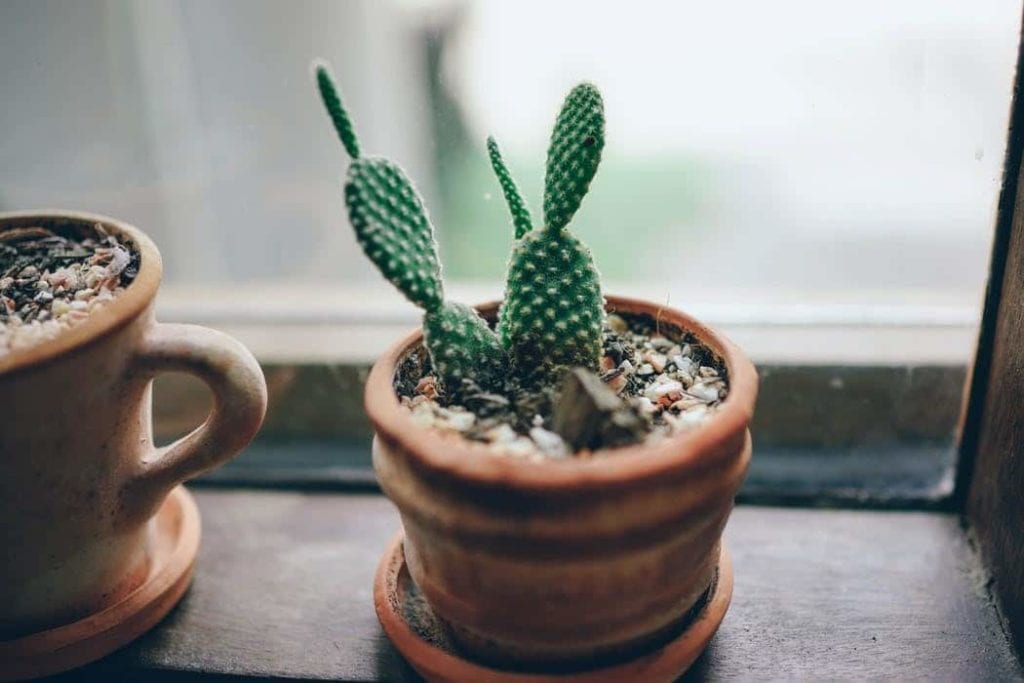Like many of today’s outdoor activities, traditional gardening has seemingly taken a backseat to its indoor version. It is due to certain aspects of it no longer contributing as much to practicality as it did previously.
Indoor gardening owes much of its success to the best plants that absorb radiation. A lot of these lush greenery also happen to be excellent indoor air purifiers, making their roles in today’s pollution-ridden world even more pivotal.
That said, what is in these plants that help mitigate the harmful radiation effects of our ever-present cell phones and electronic gadgets?
Today, we’ll look at how radiation absorption in plants works and what house plants stand out for their radiation-absorbing qualities.
What Makes Plants Anti-Radiation?
It’s hard to think of a better blessing to the human race than plants. These green godsends absorb electromagnetic radiation from gadgets, which, in turn, improves the air quality index in your enclosed spaces.
They rid the air of contaminants, boosting your immune systems and heightening your metabolisms. They convert carbon dioxide into oxygen, giving you fresh air to breathe.
Having these succulents around can boost not only your mood but also your health. You won’t feel as stressed, won’t have headaches as often, and have that extra bit of energy to spare for particularly hectic days.
Headaches, stress, and low-energy levels often stem from radiation. Also, our strong reliance on technology demands that we put more effort into making our homes radiation-free zones.
Introducing radiation-absorbing succulents into our indoor gardens, home offices, bedrooms, and the different spaces within our homes contributes immensely to reducing exposure to electromagnetic radiation.

What Plants Help Eliminate Radiation?
Prolonged and constant exposure to radiation is bad for one’s health, so it follows that one should find ways to reduce the frequency of his or her subjection to it.
Those headaches that often lead to heightened stressed levels can become less frequent when you have space at home dedicated to the following plants. Oh, and did we mention they’re great for aesthetics, too?
1. Cactus
Among the list of plants with radiation-absorbing qualities, the cactus emerges as the top candidate for its ability to take in electromagnetic radiation. To be effective at the job, a plant usually has to be situated between you and the radiation-emitting gadget or device. This isn’t the case with the cactus.
For as long as a cactus is in the room, it will absorb radiation. It’s best known for absorbing ambient radiation and soaking up the harmful waves coming from neighboring cell towers. If there’s only one plant you can introduce to your indoor space, you want it to be this one.
2. Stone Lotus Flower
Gorgeous in a lot of ways, the stone lotus flower would be an excellent decoration for any home, even if it didn’t have radiation-soaking properties. Despite its size, the plant’s radiation-absorbing qualities are next level, though its size also contributes to it being the perfect desk decoration.
It should fill the empty space next to your computer easily. Not to mention, it would also suck in the radiation emitted by the device.
Aside from its radiation-protective properties, the plant also requires minimal maintenance. You don’t need to water or expose it to too much sunlight every day to keep it alive and thriving. It can also hold its own in stoney soil due to its ability to store moisture for up to three days.

3. Aloe Vera
Another succulent that helps mitigate the effects of harmful electromagnetic radiation is aloe vera. The plant is equally known for its health benefits, particularly to the skin and hair.
What aloe vera is not as known for is its ability to soak up radiation. Not only is it excellent at this, but it’s also great at cleaning and purifying the air around you by changing carbon dioxide into fresh oxygen.
Aloe vera maintenance mostly centers around not giving it too much sunlight. The plant must not come in direct contact with the sun’s rays; otherwise, it will start to wilt and die slowly. Drainage is also essential to aloe vera care since excess water can be damaging to the plant.
Despite being a lesser-known quality, radiation absorption is truly where aloe vera stands out. This plant is powerful in that regard. It also has a ton of health benefits and uses.
4. Snake Plant
As far as carbon dioxide to oxygen conversion, the snake plant is arguably one of the best. This functions hand-in-hand with high levels of radiation absorption to make this plant an ideal candidate for your indoor garden.
The snake plant helps promote cleaner indoor air and possibly healthier sets of lungs for the home’s inhabitants.
Radiation-Absorbing Plants Can Improve Your Quality of Life
In general, plants hold some degree of radiation-soaking qualities. Some, like those on our list, can outperform the others by a considerable margin. That’s what makes these types of greenery excellent candidates for home plants if you’re concerned about radiation’s impact on your life.






